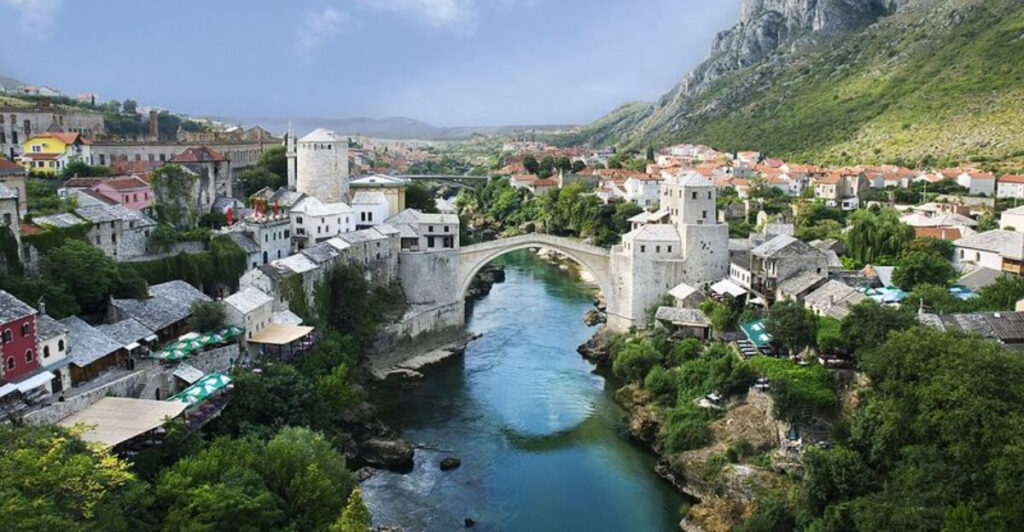Prague and Budapest steal the spotlight when people talk about Eastern Europe, but they’re just the beginning of an incredible adventure. This region holds countless treasures waiting to be discovered by curious travelers. From medieval towns with fairy-tale castles to ancient cities older than Rome, Eastern Europe offers experiences you won’t find anywhere else. Pack your sense of wonder because we’re about to explore eight amazing places that will make your friends jealous of your travel photos.
1. Lviv, Ukraine – The Coffee Capital
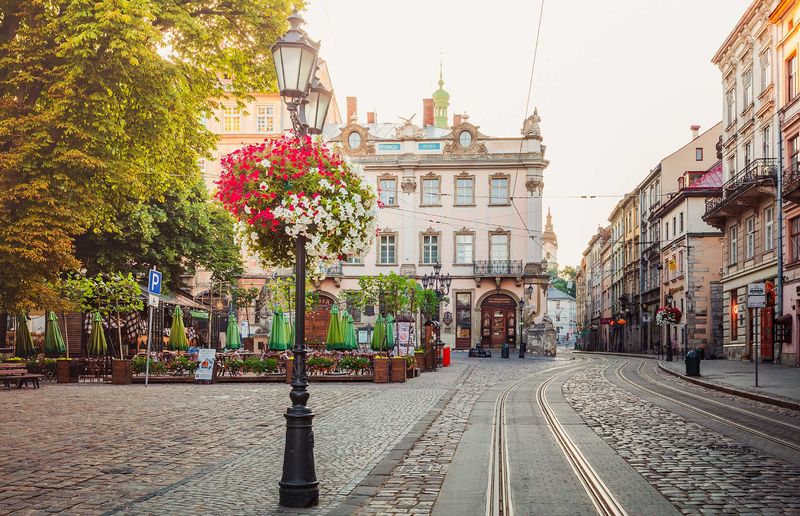
Coffee lovers, prepare to fall head over heels for Lviv, where the aroma of freshly roasted beans fills every cobblestone street. This UNESCO-listed city takes coffee culture seriously, with over 100 unique cafes ranging from cozy traditional spots to wild themed experiences.
The Secret Coffee Mine offers an underground adventure where you’ll sip espresso surrounded by mining equipment and dim lighting. Meanwhile, the Lviv Chocolate Workshop lets you create sweet treats while learning about the city’s confectionery traditions.
Beyond caffeine fixes, Lviv’s Old Town showcases stunning architecture with colorful baroque buildings and hidden courtyards perfect for Instagram shots.
2. Brasov, Romania – A Fairytale Escape
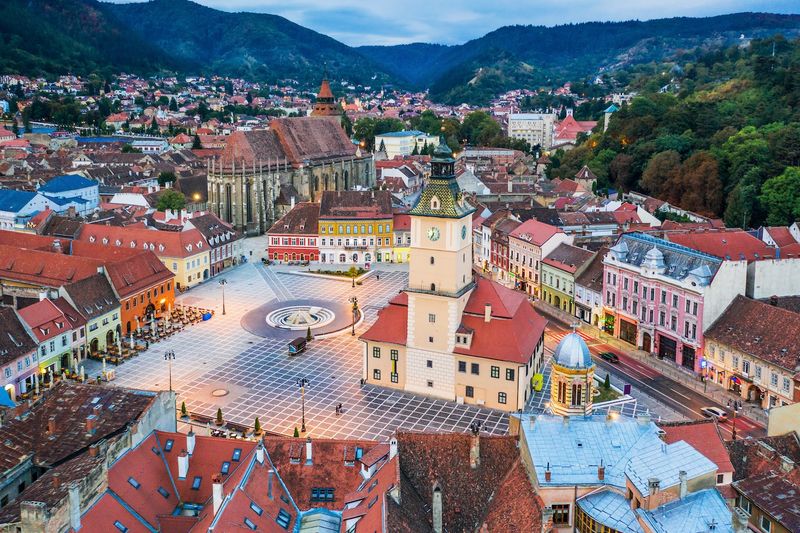
Stepping into Brasov feels like opening a storybook where dragons might still roam the nearby mountains. The medieval town square bursts with candy-colored Saxon houses that look straight out of a Disney movie, while church bells echo through narrow streets.
Just 30 minutes away, Bran Castle awaits with its Dracula connections and dramatic clifftop setting. The fortress offers spine-tingling tours through chambers where Vlad the Impaler once ruled.
For breathtaking views, ride the cable car up Tampa Mountain where the entire Transylvanian landscape spreads below like a magical carpet of forests and villages.
3. Plovdiv, Bulgaria – Europe’s Oldest Living City
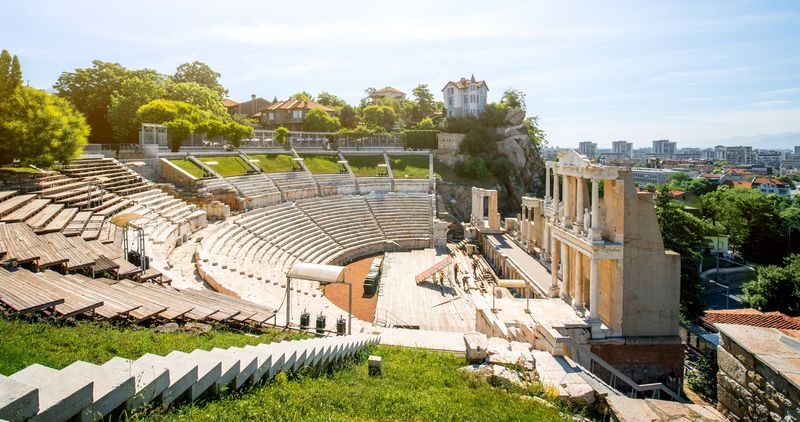
Walking through Plovdiv means stepping on 6,000 years of human history, where Roman emperors once watched gladiators battle in the same amphitheater that now hosts rock concerts. The ancient stones have witnessed civilizations rise and fall, yet the city pulses with youthful energy.
Street artists have transformed the Kapana Creative District into an outdoor gallery where colorful murals cover every surface. Hip cafes serve Bulgarian wine in buildings older than most European capitals.
The Roman theater still echoes with applause, proving that some experiences transcend time and connect us to our ancestors through shared moments of wonder.
4. Gdansk, Poland – The Baltic Beauty
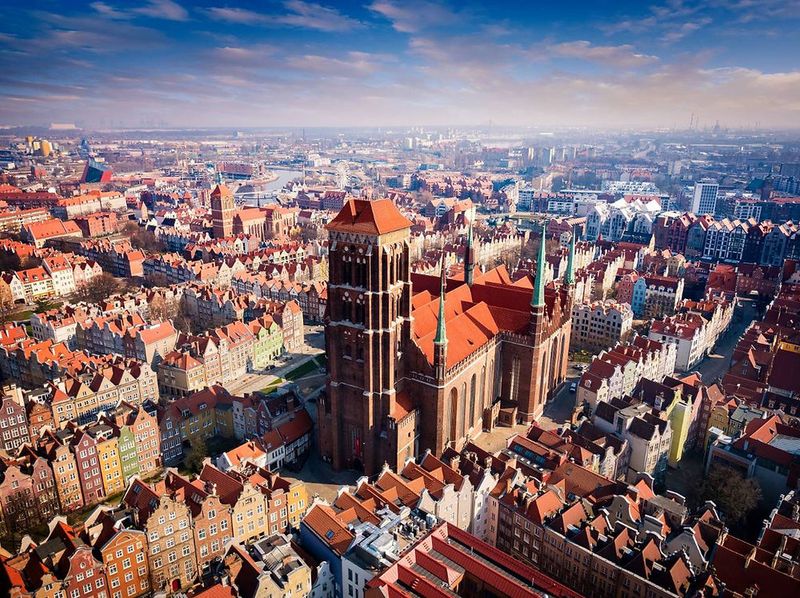
Golden merchant houses line the streets like precious gems, reflecting Gdansk’s wealthy trading past when ships from across Europe docked at its bustling ports. The colorful facades tell tales of amber merchants and Hanseatic League prosperity.
St. Mary’s Church towers above the city as one of Europe’s largest brick churches, its Gothic spires visible for miles across the Baltic Sea. Inside, astronomical clocks tick away centuries while stained glass windows paint rainbow patterns on ancient floors.
Nearby Westerplatte peninsula marks where World War II began, offering sobering memorial sites that honor those who fought for freedom against overwhelming odds.
5. Ohrid, North Macedonia – The Balkan Jerusalem
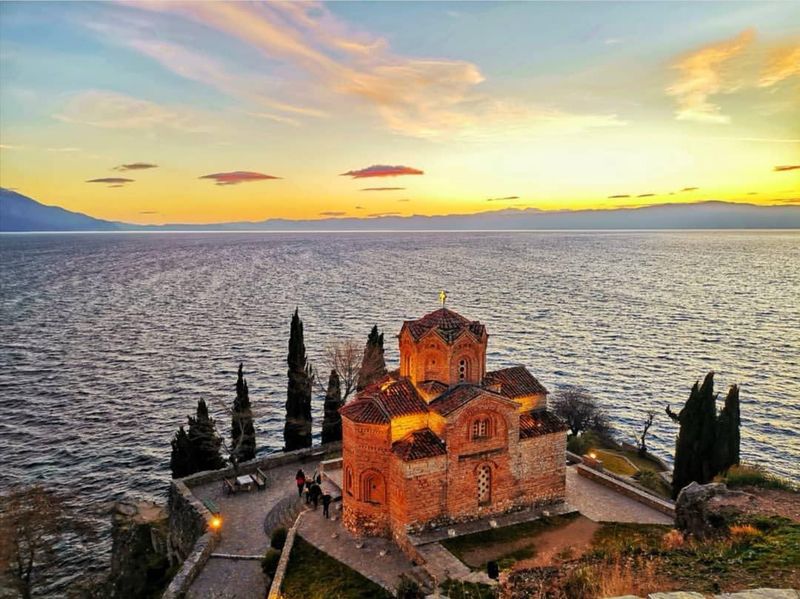
Lake Ohrid stretches like a mirror reflecting 365 churches, earning this ancient town its nickname as the Jerusalem of the Balkans. The crystal-clear waters hold secrets dating back millions of years, making it one of Europe’s oldest lakes.
St. John’s at Kaneo perches dramatically on a cliff above the lake, creating the most photographed church scene in the entire Balkan region. Sunset boat rides reveal hidden monasteries tucked into secluded coves.
Byzantine frescoes inside medieval churches showcase artistic treasures that survived Ottoman rule, while lakeside restaurants serve fresh trout caught using traditional methods passed down through generations of local fishermen.
6. Tartu, Estonia – The Intellectual Escape
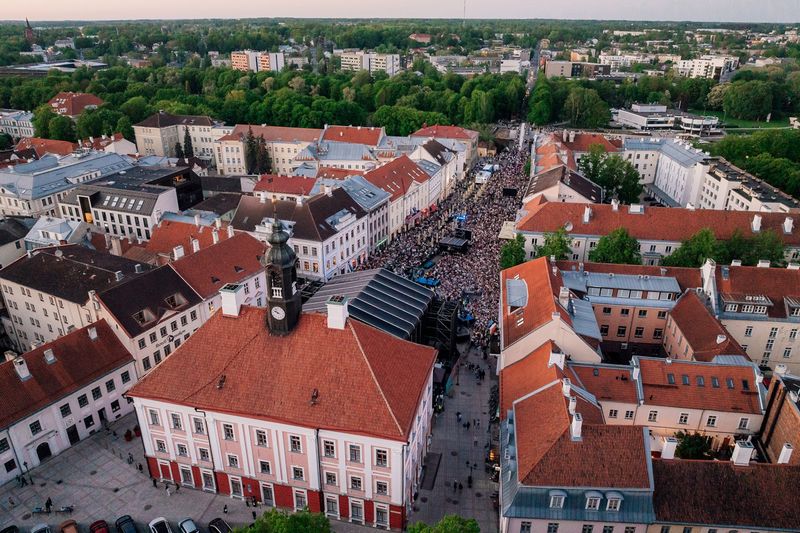
University students fill cozy cafes with laughter and debate, giving Estonia’s intellectual capital a vibrant energy that buzzes through medieval streets. The prestigious University of Tartu has shaped minds for over 400 years, creating a scholarly atmosphere unique in the Baltics.
The Leaning House Museum tilts at impossible angles, challenging your sense of balance while showcasing quirky exhibits about local history. Nearby, Supilinn’s colorful wooden houses create a bohemian neighborhood where artists and professors mingle.
Coffee shops serve locally roasted beans while bookstores overflow with Estonian literature, creating perfect spots for contemplating life while watching students hurry between centuries-old academic buildings.
7. Mostar, Bosnia & Herzegovina – Where East Meets West
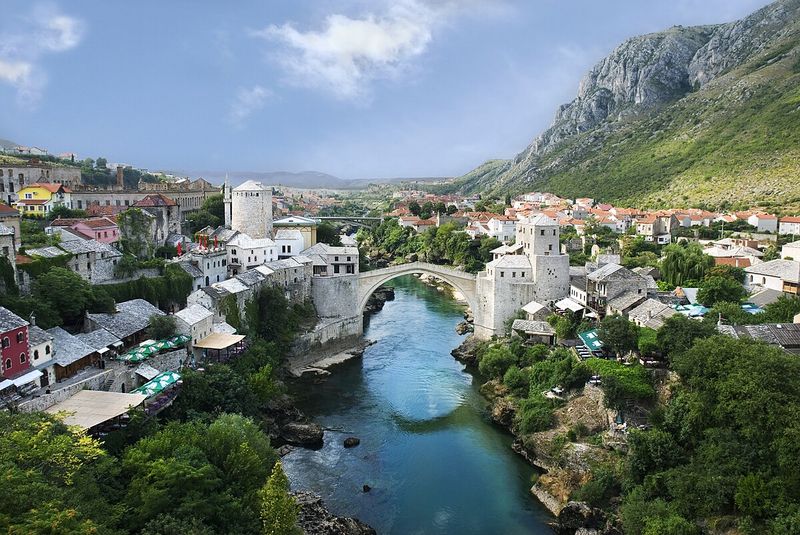
The famous Stari Most bridge arches gracefully over the emerald Neretva River, connecting two worlds in one breathtaking span. Local divers perform death-defying leaps from the 75-foot-high Ottoman masterpiece, a tradition that’s continued for centuries.
Wander through the old bazaar where Turkish coffee mingles with the sound of copper hammering, creating an atmosphere that transports you back 500 years. The cobblestone streets tell stories of empires rising and falling.
Don’t miss nearby Blagaj, where a mystical Dervish monastery sits carved into a cliff beside a magical spring that seems to flow from the mountain’s heart itself.
8. Kotor, Montenegro – A Mini Dubrovnik
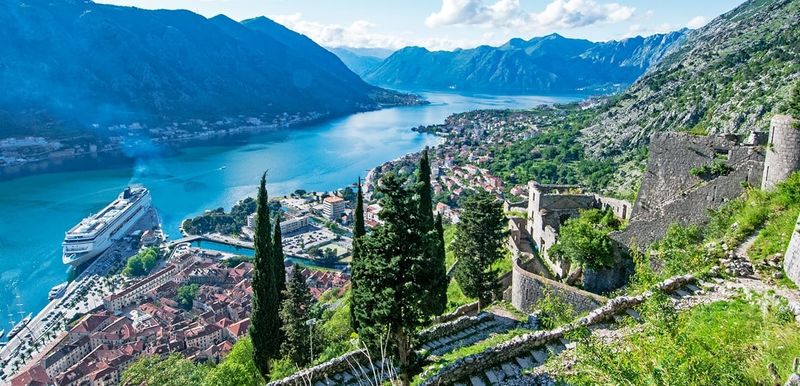
Dramatic mountains plunge into fjord-like waters, creating one of Europe’s most spectacular natural harbors without the crushing crowds of its famous Croatian neighbor. Medieval walls snake up impossibly steep cliffs, protecting a maze of stone streets below.
The climb to Kotor Fortress tests your stamina with over 1,000 steps, but the panoramic views reward every drop of sweat with breathtaking vistas across the entire bay. Ancient churches hide treasures within their walls.
Waterfront restaurants serve fresh seafood while cats roam freely through the old town, creating a laid-back Mediterranean atmosphere where time moves at the perfect pace for vacation relaxation.
9. Český Krumlov, Czech Republic – Prague’s Little Sister
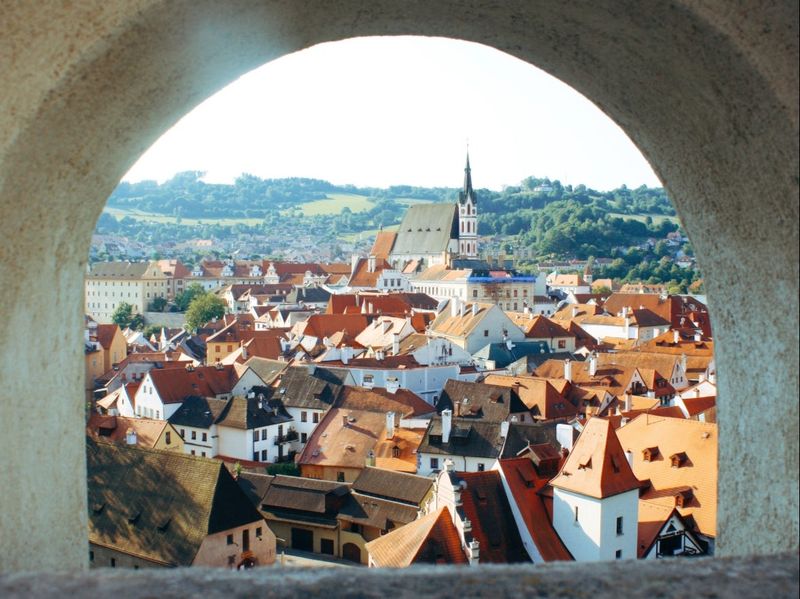
Fairy tales come alive in this perfectly preserved medieval town that feels like stepping into a storybook. Winding cobblestone streets lead past colorful Renaissance houses while the Vltava River curves gracefully around the historic center.
The massive castle complex towers over everything, offering breathtaking views of red-tiled roofs below. Artists and musicians fill the squares during summer festivals, creating magical evening atmospheres.
Unlike crowded Prague, you can actually enjoy peaceful moments here while soaking up centuries of history. Local restaurants serve hearty Czech dishes at prices that won’t empty your wallet completely.
10. Novi Sad, Serbia – The Underground Culture Hub
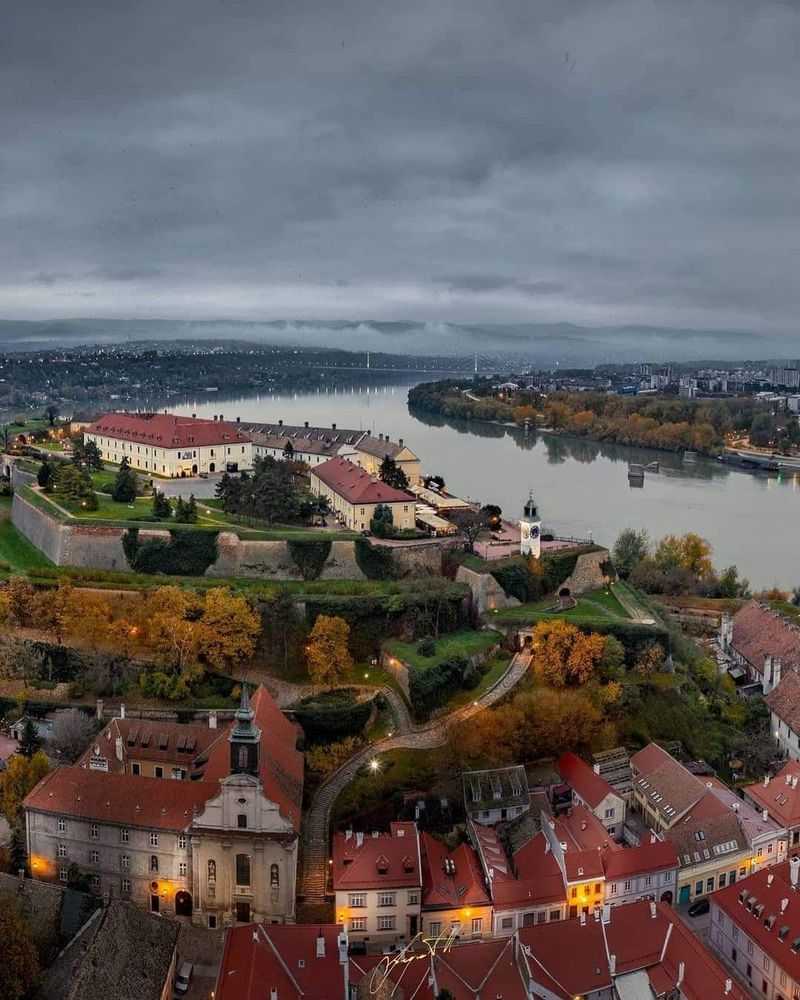
Music pulses through every corner of this vibrant city where underground culture thrives like nowhere else in the Balkans. Young artists, musicians, and creative minds gather in converted warehouses and hidden clubs that stay alive until sunrise.
The famous EXIT Festival transforms an old fortress into Europe’s wildest music celebration each summer. Beyond the party scene, charming cafes line pedestrian streets where locals spend hours discussing art, politics, and life.
Danube River beaches provide surprising relaxation spots during hot afternoons. Food lovers discover amazing local specialties at prices that make dining out an everyday luxury rather than special occasion splurge.
11. Rila Monastery, Bulgaria – A Mountain Sanctuary
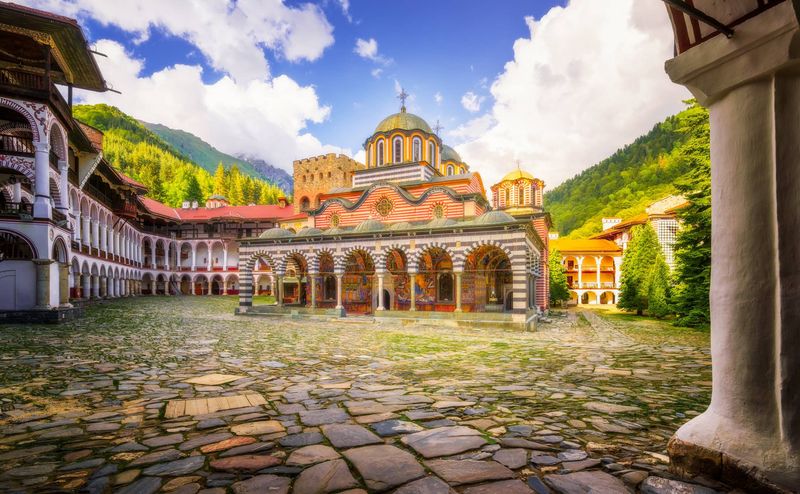
High in Bulgaria’s mountains sits this breathtaking monastery that has survived nearly a thousand years of turbulent history. Brilliant frescoes cover every inch of the main church walls, telling stories in colors so vivid they seem painted yesterday.
Monks still live and pray here, maintaining traditions passed down through countless generations. The surrounding Rila Mountains create a natural fortress of peaks and forests that change dramatically with each season.
Hiking trails lead to crystal-clear lakes and alpine meadows perfect for peaceful reflection. Visiting feels like discovering a hidden world where time moves differently and spiritual energy fills the mountain air.
12. Šibenik, Croatia – The Stone Renaissance City
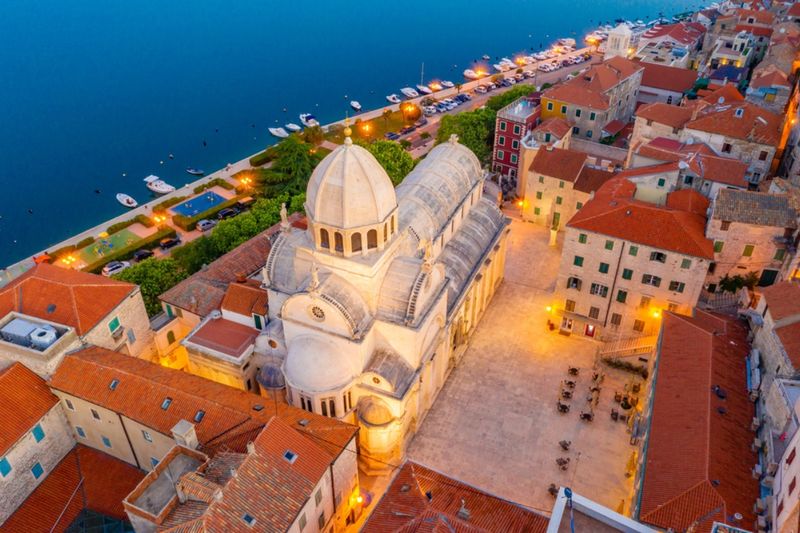
Ancient stone streets wind through this coastal masterpiece where Renaissance architecture creates an outdoor museum of incredible beauty. The famous Cathedral of St. James stands as a UNESCO World Heritage site built entirely from local stone without using any mortar.
Four medieval fortresses guard the city from hilltops, offering spectacular views over terracotta roofs and the sparkling Adriatic Sea. Summer evenings bring classical concerts that echo through stone courtyards under starlit skies.
Nearby Krka National Park features stunning waterfalls where you can actually swim in crystal-clear pools. Local seafood restaurants serve fresh catches daily while maintaining authentic recipes passed down through fishing families.
13. Sighișoara, Romania – The Medieval Time Capsule
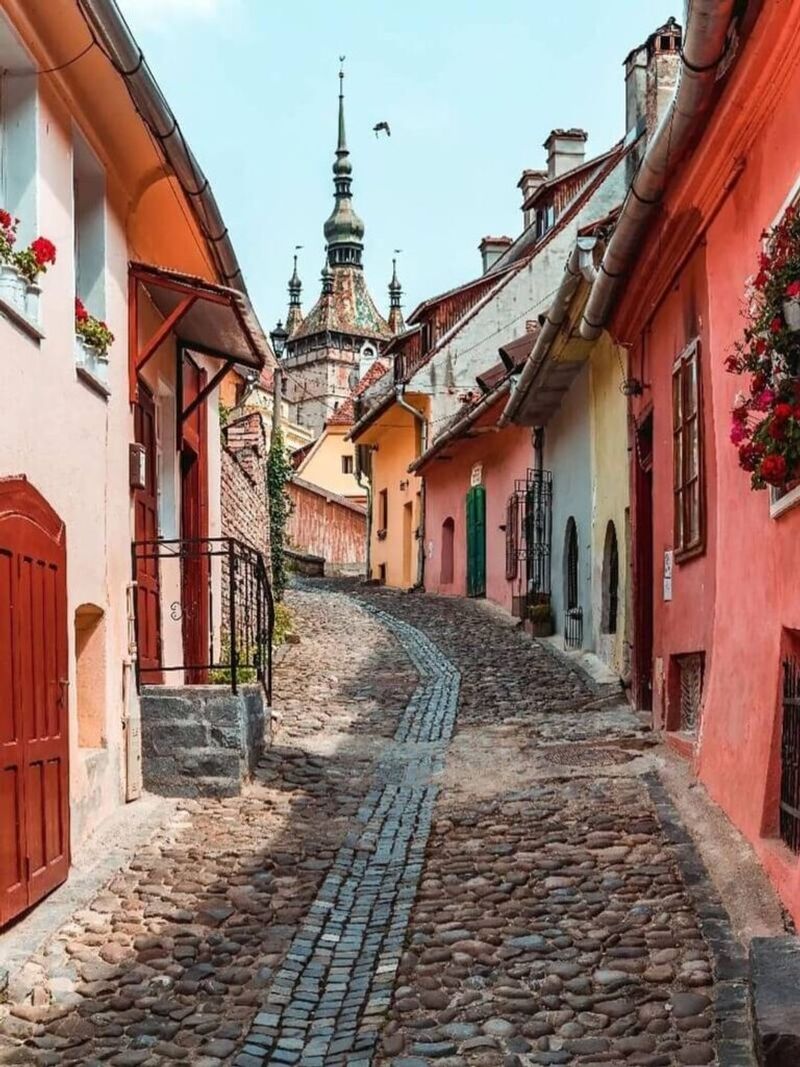
Step into a real-life fairy tale where Dracula was actually born. This perfectly preserved medieval town sits on a hilltop like a colorful jewel box. Cobblestone streets wind between 600-year-old houses painted in bright yellows, blues, and oranges.
The famous Clock Tower stands guard over the town square, chiming every hour since 1648. Local craftsmen still work in tiny shops, making pottery and jewelry by hand. Street musicians play folk songs that echo off ancient stone walls.
Restaurants serve hearty Romanian food like sarmale and mici in cozy dining rooms with wooden beams overhead.
14. Riga, Latvia – The Art Nouveau Wonderland
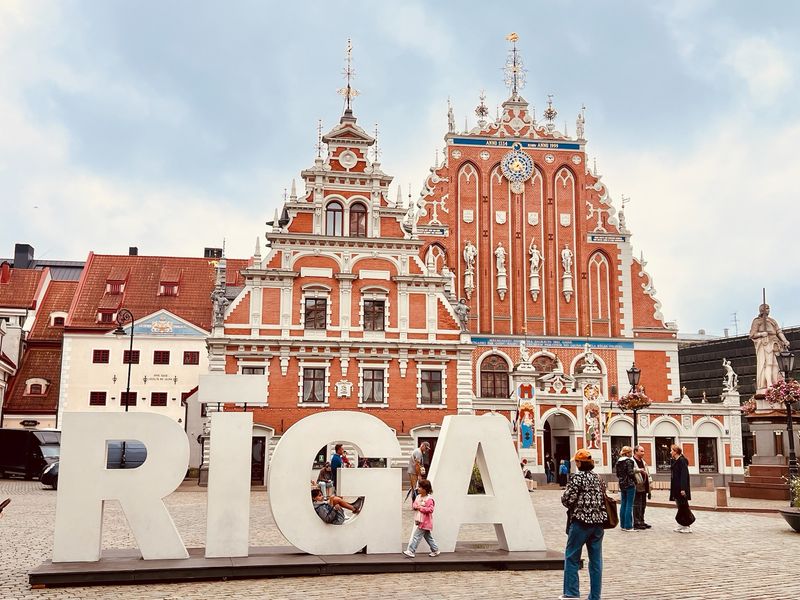
One-third of all buildings in Riga showcase stunning Art Nouveau architecture from the early 1900s. Fancy decorations cover building fronts like frozen music. Stone faces, flowers, and mythical creatures peek out from every corner and window.
The Old Town feels like walking through different time periods at once. Medieval churches stand next to colorful merchant houses from the 1600s. Local markets sell amber jewelry, handmade crafts, and delicious black bread.
Food lovers can try traditional Latvian dishes like grey peas with bacon or sweet rye bread soup that tastes surprisingly amazing.
15. Maramureș, Romania – The Land of Wooden Churches
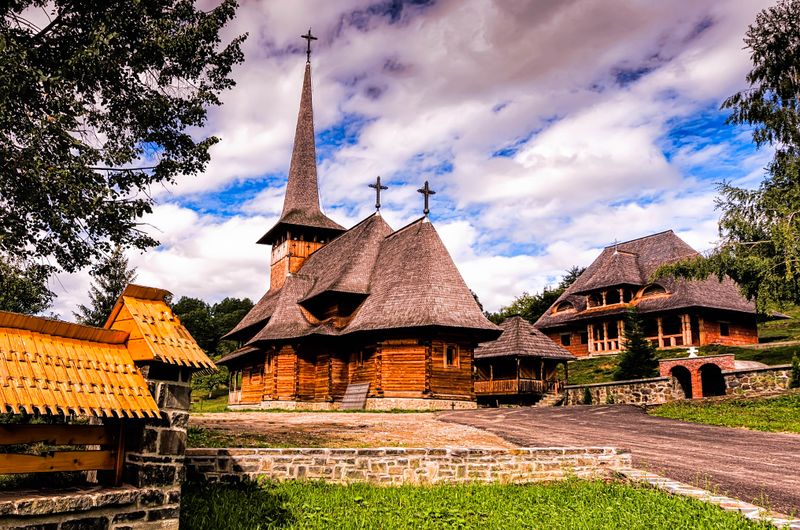
Wooden churches with impossibly tall spires dot the countryside like something from a dream. Master carpenters built these amazing structures hundreds of years ago using only traditional tools and techniques. Each church tells stories through intricate wood carvings and colorful painted walls.
Local families still live the old ways, making hay by hand and traveling in horse-drawn carts. Village markets sell homemade cheese, fresh bread, and beautiful handwoven textiles.
Stay with a local family to experience authentic Romanian hospitality. They might teach you traditional crafts or share stories passed down through generations.

